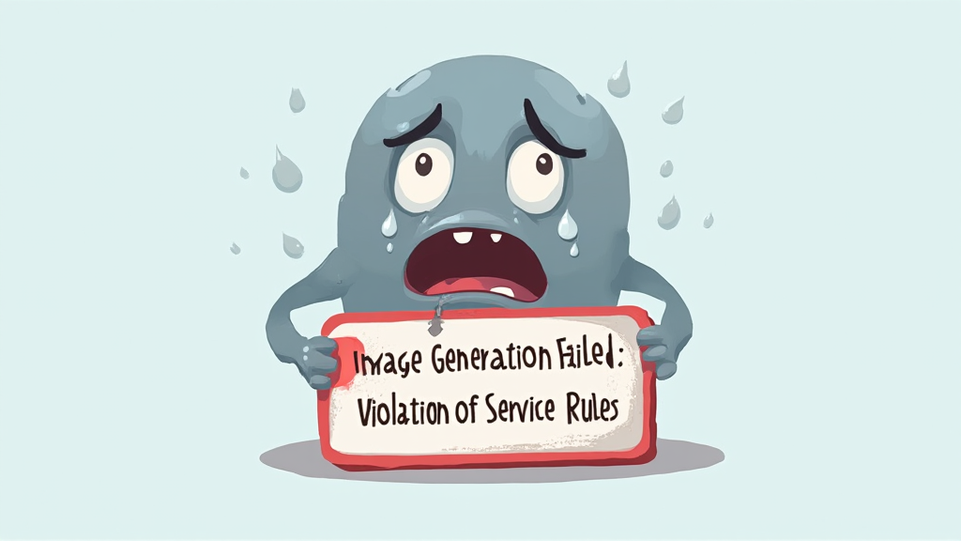Introduction to Inflation and Its Impact on Savings
Understanding Inflation: Causes and Effects
Inflation occurs when the general price level rises, diminishing purchasing power. This phenomenon can significantly impact savings, as individuals find their money buys less over time. For instance, if inflation rates exceed interest rates on savings accounts, the real value of savings declines. He may feel frustrated by this loss. Additionally, inflation can lead to increased costs of living, forcing individuals to allocate more funds for essentials. This shift often results in reduced savings capacity. It’s crucial to understand these dynamics. Knowledge empowers better financial decisions.
The Historical Context of Inflation and Savings
Historically, inflation has fluctuated, affecting savings significantly. For example, during the 1970s, high inflation eroded the value of savings accounts. He may have noticed this impact firsthand. Additionally, periods of hyperinflation, such as in Germany in the 1920s, led to drastic declines in purchasing power. This illustrates the importance of understanding inflation’s effects. Awareness can guide better financial strategies.
The Role of Cryptocurrency in Combating Inflation
How Cryptocurrencies Function as a Hedge Against Inflation
Cryptocurrencies offer unique properties that can serve as a hedge against inflation. Their decentralized nature limits supply, contrasting with fiat currencies that can be printed at will. This scarcity can preserve value over clip. He may find this appealing. Additionally, cryptocurrencies like Bitcoin have historically outperformed traditional assets during inflationary periods.
Key benefits include:
These factors contribute to their potential as a protective asset. Understanding these dynamics is essential. Knowledge is power.
Case Studies: Successful Use of Crypto During Inflationary Periods
During hyperinflation in Venezuela, many citizens turned to Bitcoin as a stabke alternative. This shift allowed them to preserve wealth amid currency devaluation. He may recognize this trend. Similarly, in Turkey, rising inflation rates prompted increased interest in cryptocurrencies. Investors sought refuge from the lira’s instability.
Notable examples include:
These cases illustrate cryptocurrencies’ effectiveness. Awareness is crucial for informed decisions.
Diversifying Your Investment Portfolio
Importance of Asset Diversification
Asset diversification is crucial for mitigating risk in investment portfolios. By spreading investments across various asset classes, he can reduce exposure to market volatility. This strategy enhances potential returns while minimizing losses. He may find this approach beneficial.
Key asset classes to consider include:
Each class behaves differently under market conditions. Knowledge leads to better investment choices.
Integrating Cryptocurrencies into Your Portfolio
Integrating cryptocurrencies into an investment portfolio can enhance diversification. By allocating a portion to digital assets, he can potentially increase returns. This approach also mitigates risks associated with traditional markets. He may appreciate this strategy.
Consider the following allocation:
These percentages can vary based on risk tolerance. Understanding market trends is vital. Knowledge is empowering.
Stablecoins: A Safe Haven in Volatile Markets
What Are Stablecoins and How Do They Work?
Stablecoins are digital currencies designed to maintain a stable value, typically pegged to fiat currencies like the US dollar. This stability makes them attractive during market volatility. He may find this feature useful. They function through mechanisms such as collateralization or algorithmic adjustments.
Key types include:
These options provide varying levels of security. Understanding their mechanics is essential. Knowledge is crucial for informed decisions.
Benefits and Risks of Using Stablecoins
Stablecoins offer several benefits, including price stability and ease of transactions. This stability allows users to avoid the volatility common in other cryptocurrencies. He may appreciate this feature. Additionally, they facilitate quick transfers and lower fees compared to traditional banking.
However, risks exist.
Understanding these factors is essential. Knowledge helps mitigate risks.
Utilizing Decentralized Finance (DeFi) for Savings
Introduction to DeFi: Opportunities and Challenges
Decentralized Finance (DeFi) presents unique opportunities for savings through innovative financial products. By utilizing smart contracts, he can earn interest on his assets without intermediaries. This approach often yields higher returns compared to traditional savings accounts.
However, challenges exist.
Understanding these dynamics is crucial.
How to Earn Passive Income Through DeFi Platforms
To earn passive income through DeFi platforms, he can explore yield farming and liquidity provision. These methods allow users to earn interest on their crypto assets. He may find this strategy effective.
Key options include:
Each option carries different risk levels. Understanding these risks is essential. Knowledge leads to informed choices.
Strategies for Long-Term Wealth Preservation
Setting Financial Goals in an Inflationary Environment
In an inflationary environment, setting financial goals requires careful planning. He should prioritize investments that outpace inflation. This approach helps preserve purchasing power. He may find this strategy beneficial.
Key strategies include:
Each option offers unique advantages. Understanding these choices is vital. Knowledge fosters better financial outcomes.
Regularly Reviewing and Adjusting Your Investment Strategy
Regularly reviewing and adjusting an investment strategy is essential for long-term wealth preservation. He should assess performance against market conditions. This practice helps identify underperforming assets. He may find this process enlightening.
Key actions include:
Each step enhances financial resilience. Understanding these adjustments is crucial. Knowledge drives successful investing.
Conclusion: Taking Action Against Inflation
Summarizing Key Strategies for Protecting Savings
To protect savings against inflation, he should consider several key strategies. Investing in assets that historically outpace inflation is crucial. This includes real estate and commodities. He may find this approach effective.
Additionally, diversifying into cryptocurrencies can provide a hedge.
Key strategies include:
Each strategy offers unique benefits. Understanding these options is essential. Knowledge empowers informed financial decisions.
Encouraging Proactive Financial Management
Proactive financial management is essential in combating inflation. By regularly assessing financial goals, he can adapt to changing economic conditions. This approach helps maintain purchasing power.
Key actions include:
Each action contributes to financial resilience. Understanding these principles is vital.
